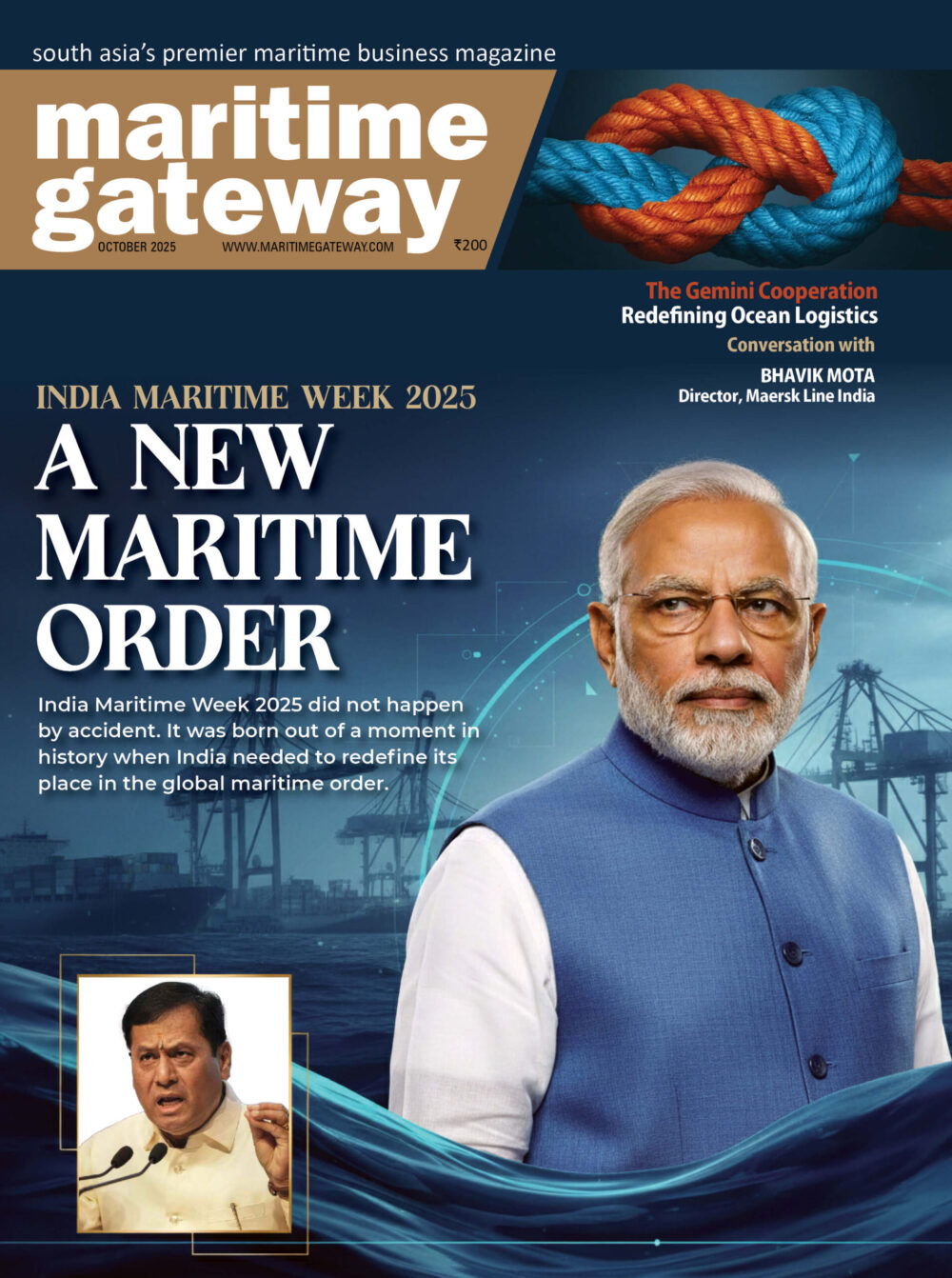DTDC is getting agile as it grows. The new transshipment hub in Samalkha is equipped with state-of-the-art equipment to boost throughput efficiency, as the volume of cargo grows
DTDC inaugurated its largest integrated hub in Delhi’s Samalkha region. In an industry where speed is an indispensable condition for success, the inauguration of the sprawling hub that would house the operation for four verticals of express delivery business i.e. air services, ground services, international business and B2C, pushes DTDC into a different league.
The 100,000 sq ft transhipment hub is equipped with the state-of-theart equipment such as automated sorter, x-ray machines, hydraulic trolleys etc. The new hub has been the amalgamation of its multiple hubs in and around Delhi, to enhance throughput, efficiency and meet the surge in volumes post GST.
Abhishek Chakraborty, Executive Director, DTDC said, the company was expecting an annual growth of 15- 20 per cent for the next 3-5 years. The Delhi and NCR is the biggest driver of growth. More than 30-35 per cent of the country’s volume can either enter or exit from Delhi.
More than 35 per cent of its total parcel volume either originated here or passed through this hub to reach different parts of the country. International volumes amount to 50 per cent from Delhi. With all this in mind DTDC embarked on this investment. It now has the ability to handle 100,000 parcels from this facility on a daily basis.
This facility has 20 per cent less manpower than the combined number that DTDC had in all its facilities put together. Abhishek was confident that the quality would go up the costs would mark a downward trend. To expedite the flow of information, workers use hand-held devices to transfer data directly into the system. This reduces manual intervention and manpower by 5-10 per cent. The turn around time of trucks would be reduced from two and a half hours to less than 45 minutes. The entire design was based on the data analytics done on previous operations statistics. Considerable investments were done on data analytics which laid the groundwork for the design of the warehouse. “We looked at all our volumes and predicted future trends and basis that we made the entire design. This gave more predictability,’ he said.
More than 80 per cent of the parcels would go into the sorter obviating the need for human intervention. The sorter would not only scan the parcel but also capture the dimensions, weight and volumes of the boxes. The sorter can also capture the images of each box. All this information can be conveyed to the customer. DTDC aims to offer same-day deliveries in future.
Its machines are E Way Bill compliant and are designed to capture any goods worth over `50,000 and then automatically generate these bills.
Carbon footprints would be reduced by tapping solar energy. Chakraborty said that 80 per cent of all the energy used in this hub would be coming from renewable sources. The entire roof was covered with solar panels. Its fleet of small sized trucks runs on CNG.
Chakraborty believes that the SME group in India is a thriving market. DTDC is one of thee very few players that has the bandwidth and reach to serve the micro, small and medium enterprises. With the Indian Government pushing for various initiatives, he saw SMEs becoming very strong in future. With DTDC having a network of more than 10,700 franchises across the country, it could afford to dream of ensuring that no SME would be more than a kilometer away from its nearest franchise. Looking into the future, for the next 2 to 3 years, DTDC plans similar upgrades in other locations in Chennai, Mumbai. Hyderabad and Bengaluru.









